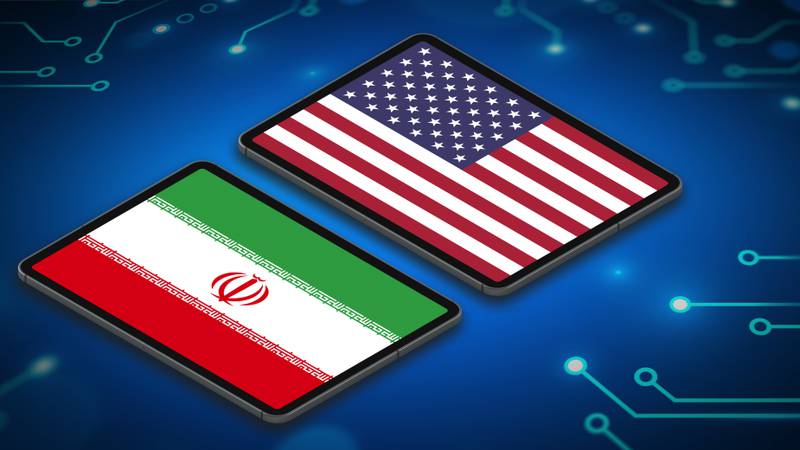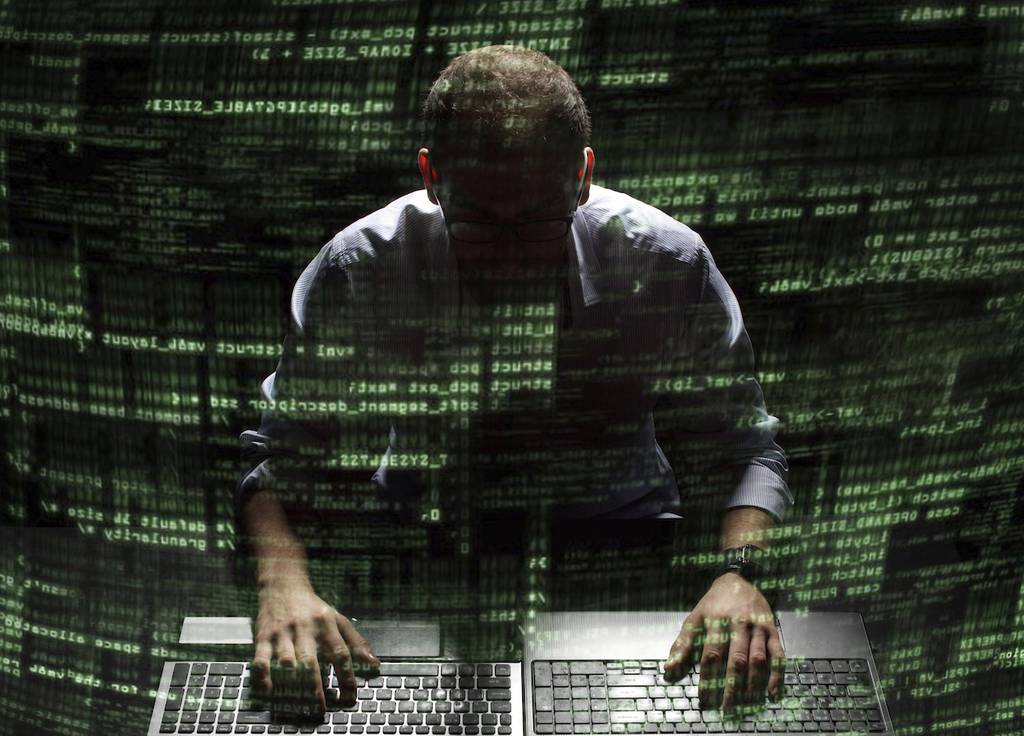WASHINGTON — Foreign hackers are targeting contractors to the U.S. government not only for their intellectual property and non-public information, but also to find furtive avenues into Pentagon networks, according to the director of the Defense Information Systems Agency.
Lt. Gen. Robert Skinner on March 29 told Congress that hackers backed by China, Russia and other adversaries are applying “very high†levels of effort to digitally infiltrate, surveil and make off with plans or intelligence closely held by suppliers to the Department of Defense.
Also on their radar are means of going “upstream,†he said at a Senate Armed Services subcommittee hearing.
“Some of them see the defense industrial base as a soft underbelly,†said Skinner, who also serves as the commander of the Joint Force Headquarters-Department of Defense Information Network. “That’s why our work with [Cybersecurity Maturity Model Certification] 2.0 and our work day-to-day with our defense industrial base partners is critical moving forward, because that’s where the adversary is really targeting.â€
CMMC 2.0 is a framework launched in 2021 to protect the defense industrial base’s sensitive unclassified information from frequent and increasingly complex cyberattacks.
In October, the National Security Agency, FBI and other federal entities said hackers managed to infiltrate a defense industrial base organization, maintain “persistent, long-term†access to its network and abscond with sensitive data. They did not identify the victim. Years prior, Chinese-sponsored cyberattacks breached a Navy contractor’s computers, jeopardizing info tied to secret work on an anti-ship missile, Defense News reported.
RELATED

The Pentagon’s fiscal 2024 budget blueprint seeks $13.5 billion for what it described as “cyberspace activities.†They include zero-trust — a cybersecurity paradigm in which networks are assumed already breached, thus requiring constant validation of users and devices — as well as supply chain risk management.
The latest cyber request is up 20.5% from the FY23 ask. The spending is needed to keep the Pentagon’s virtual pipelines thickly insulated, according to Pentagon CIO John Sherman, who testified alongside Skinner.
“All of our systems, be they for weapons, enterprise IT, command and control, business systems or defense critical infrastructure, must be equipped with the most modern cyber defenses that can stand up to savvy and determined state and non-state actors,†Sherman said.
The Biden administration’s national cybersecurity strategy labels China as the No. 1 cyber threat, capable of siphoning data and contorting information for its own authoritarian gain.
Russia, the strategy says, remains a significant cyber threat and is refining its espionage and influence skills.
“As we’ve seen in Ukraine, today’s battlefields are increasingly digital and connected, with all the opportunities and vulnerabilities that environment presents,†Sherman said.
Colin Demarest was a reporter at C4ISRNET, where he covered military networks, cyber and IT. Colin had previously covered the Department of Energy and its National Nuclear Security Administration — namely Cold War cleanup and nuclear weapons development — for a daily newspaper in South Carolina. Colin is also an award-winning photographer.








